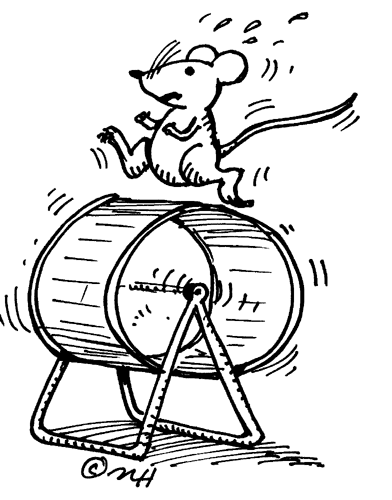Prioritizing what’s most important in our life: it’s extremely critical but too often we’re either reluctant to do it, do it poorly, don’t stick with it, or don’t even consider it.
In a recent post, we explored the biggest MYTH in time management (the idea that you can get it all done) and a few TRUTHS about time. A key takeaway is that:
- It’s not about getting everything done, it’s about investing your time wisely and getting the right things done.
But with all that you would like to get done, how do you prioritize in a way that’s most beneficial for you? To identify your “right things”?
There are many methods and tools you can utilize to identify your “right things,” and no single approach works for everyone. Still, some key steps in the prioritization process apply broadly, regardless of your situation.
- Capture everything – what you like to do, what you must do, and what you’d love to do if there were no constraints.
- Create a comprehensive list of all that you currently have on your plate.
- Dream a little – what’s missing from your list that should be there? Add them.
- Compare and contrast your items.
- Identify what matters most. What would have the greatest impact on your life?
- Assess your current state. What are you doing well in your life? Where do you want or need to improve?
- Use tools like the Wheel of Life, Tony Robbins’ Gap Map, the Urgent-Important Matrix, or a future-visioning exercise (ping me if you’d like an example).
- Narrow your list to the items that will most propel you toward your ideal life, and away from what’s holding you back. I recommend Essentialism by Greg McKeown to help with this.
- Develop a plan to incorporate actions tied to your highest priorities into your daily life.
Whenever I explore time management, prioritization and the need to make tradeoffs are central themes.
You likely can’t “have it all” or do it all, but you can focus on your “right things.” (You just need to identify them first.)

